Regulatory Framework Enhancements
The evolving regulatory landscape in Spain is shaping the biobanking market by establishing clearer guidelines for sample collection, storage, and usage. Recent updates to regulations have streamlined the approval processes for biobanking initiatives, making it easier for institutions to operate. This regulatory support is anticipated to foster a more conducive environment for biobanking activities, potentially increasing market participation by 10% in the coming years. Compliance with ethical standards and data protection laws is becoming increasingly important, and biobanks that adhere to these regulations are likely to gain a competitive edge in the market.
Advancements in Biobanking Technologies
Technological innovations are transforming the biobanking market in Spain, enhancing sample collection, storage, and analysis processes. The integration of automation and artificial intelligence in biobanking operations is streamlining workflows and improving data management. For instance, automated sample tracking systems have reduced human error and increased efficiency, leading to a projected market growth of 12% over the next five years. Furthermore, advancements in cryopreservation techniques are enabling the long-term storage of biological materials without compromising their integrity. These technological advancements are likely to attract more research institutions and pharmaceutical companies to utilize biobanking services.
Collaboration with Academic Institutions
Collaborative efforts between biobanks and academic institutions are driving innovation within the biobanking market in Spain. These partnerships facilitate access to a broader range of biological samples and enhance research capabilities. By pooling resources and expertise, academic institutions can conduct more comprehensive studies, leading to advancements in medical research. The biobanking market is expected to benefit from these collaborations, with an estimated growth of 18% as more research projects are initiated. Such collaborations not only improve the quality of research but also ensure that biobanks remain relevant in the rapidly evolving scientific landscape.
Growing Demand for Personalized Medicine
The increasing emphasis on personalized medicine is a pivotal driver for the biobanking market in Spain. As healthcare shifts towards tailored treatments, the need for biobanks to store diverse biological samples becomes crucial. This trend is reflected in the rising investments in biobanking facilities, which have seen a growth of approximately 15% annually. Personalized medicine relies heavily on genetic and biomarker data, necessitating robust biobanking infrastructures. The biobanking market in Spain is expected to expand as healthcare providers seek to enhance patient outcomes through customized therapies, thereby increasing the demand for biobanking services.
Increased Public Awareness and Participation
Public awareness regarding the importance of biobanking is on the rise in Spain, significantly impacting the biobanking market. Educational campaigns and community outreach programs are encouraging individuals to donate biological samples for research purposes. This heightened awareness is expected to lead to a 20% increase in sample donations over the next few years. As more people understand the role of biobanks in advancing medical research and public health, participation rates are likely to improve. This trend not only supports the growth of biobanks but also enhances the diversity of samples available for research, which is essential for developing effective treatments.


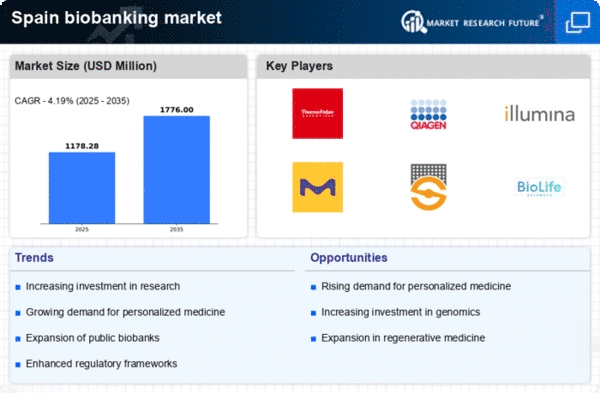
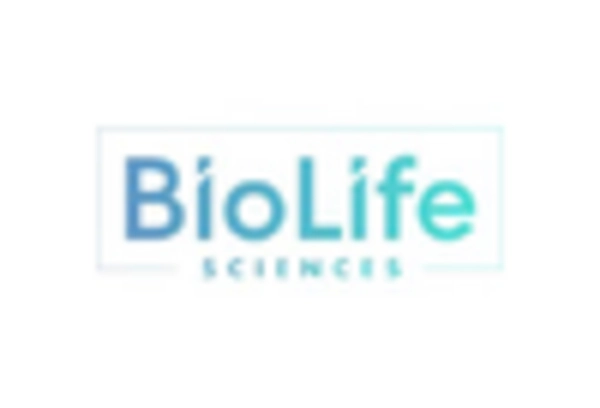
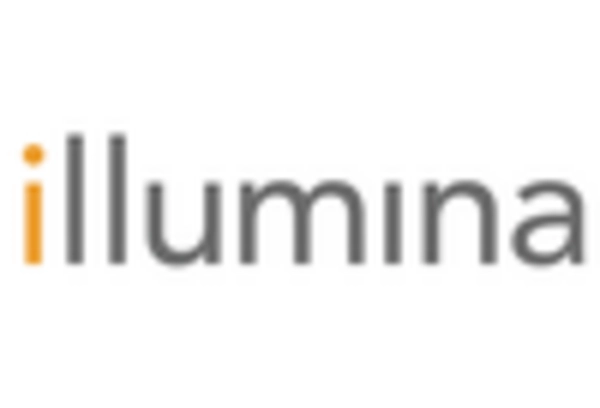

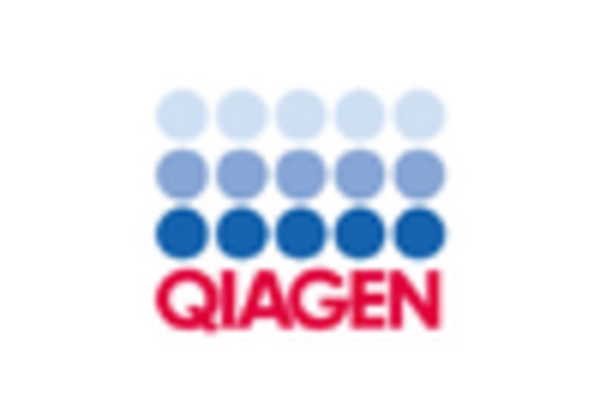

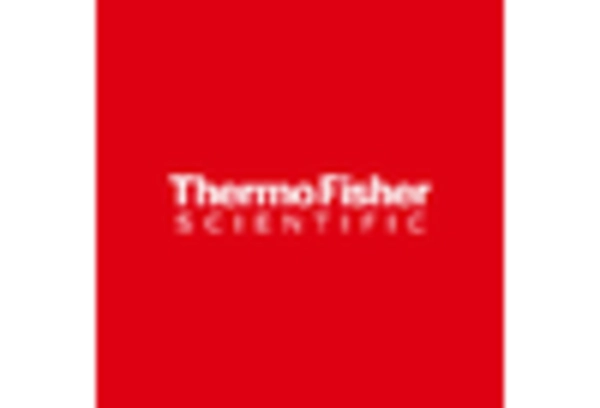








Leave a Comment